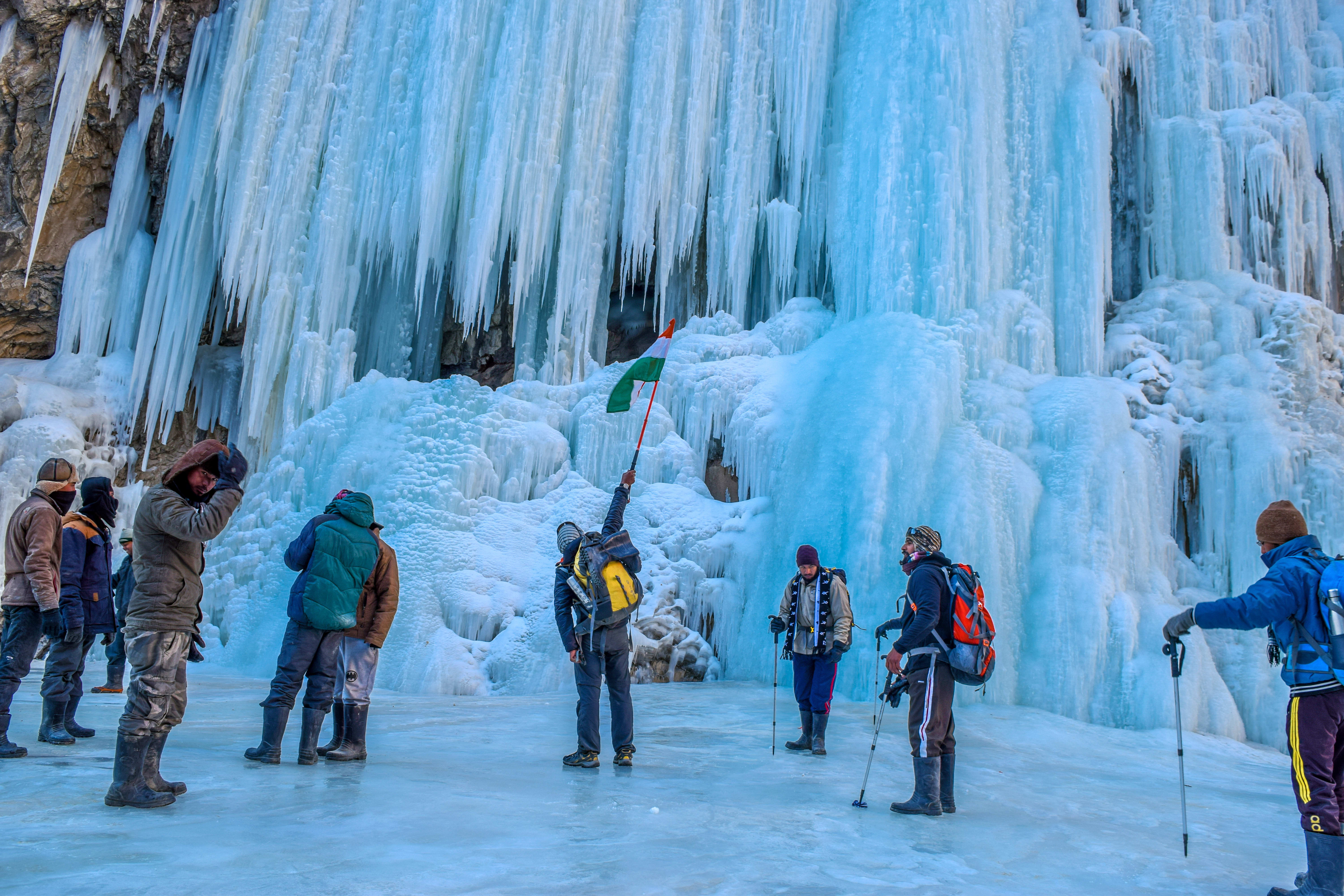History of Badrinath Dham - Legend Mythology & Stories
In a land of uncountable temples, Badrinath Dham is counted among one of the most pious and sacred shrines. Named after the presiding deity of Lord Badrinarayan, one of the innumerable interpretations of Lord Vishnu, this Dham is not only a crucial pillar of the Char Dham Yatra of Uttarakhand but it is also a vital part of the all India Char Dham Yatra (along with Rameswaram in Tamil Nadu, Dwarkadheesh in Gujarat and Jagannath temple in Odisha). The ornate temple of Badrinath is also popular for being the earthly celestial abode or Vaikuntha of Lord Vishnu, the first one being Kshir Sagar which is believed to be in the heavenly realm. Situated on the Garhwal Himalayan region of Devbhoomi Uttarakhand and sitting majestically next to the holy river Alaknanda at an elevation of 3,133 metres above sea level Badri Vishal is mostly thronged by devout Vaishnavites making it one of the most visited pilgrimage destinations of India. The Dham shrine bursts to life during the festival of Mata Murti ka Mela, which commemorates the eve of River Ganga descending into the earthly realm. This colorfully adorned Dham shrine offers remarkable views of the surrounding with each step.
As per the first legend once Lord Vishnu was sitting in deep meditation, unaware of the surrounding and worsening weather conditions. He was chastised by sage Narada, who had witnessed the Lord’s consort goddess Lakshmi, massaging his feet. In order to perform austerity, Lord Vishnu had made his way to Badrinath and sat in meditation there. His wife, Goddess Lakshmi then took up the job of protecting the Lord from the unbearable cold by turning herself in to a Badri or jujube tree, which was once an extremely commonly occurring tree during the Badrinath Dham Yatra, as per the research done by Atkinson during 1979 which is missing today.
The second legend of the creation of Badrinath Dham is also widely acclaimed. As per the popular Hindu literary text of Lord Vishnu, Vishnu Purana, Dharam had two sons, Nar and Narayan after whom the current Himalayan Mountain that forms the backdrop of Badrinath Dham is named. Both the brothers had set out on a journey to find an ideal location to set up their hermitage from where they can spread the word of religion. On their way to the main Dham shrine they set up the Panch Badri temples as well which include, Vridha Badri, Dhyan Badri, Yog Badri and Bhavishya Badri. They discovered a hot water thermal spring right behind the holy river of Alaknanda and decided to call it Badri Vishal.
 |
| Badrinath Temple |
Legend:
Primarily there are two different legends related to the origin of Badrinath Dham:As per the first legend once Lord Vishnu was sitting in deep meditation, unaware of the surrounding and worsening weather conditions. He was chastised by sage Narada, who had witnessed the Lord’s consort goddess Lakshmi, massaging his feet. In order to perform austerity, Lord Vishnu had made his way to Badrinath and sat in meditation there. His wife, Goddess Lakshmi then took up the job of protecting the Lord from the unbearable cold by turning herself in to a Badri or jujube tree, which was once an extremely commonly occurring tree during the Badrinath Dham Yatra, as per the research done by Atkinson during 1979 which is missing today.
The second legend of the creation of Badrinath Dham is also widely acclaimed. As per the popular Hindu literary text of Lord Vishnu, Vishnu Purana, Dharam had two sons, Nar and Narayan after whom the current Himalayan Mountain that forms the backdrop of Badrinath Dham is named. Both the brothers had set out on a journey to find an ideal location to set up their hermitage from where they can spread the word of religion. On their way to the main Dham shrine they set up the Panch Badri temples as well which include, Vridha Badri, Dhyan Badri, Yog Badri and Bhavishya Badri. They discovered a hot water thermal spring right behind the holy river of Alaknanda and decided to call it Badri Vishal.



Post a Comment